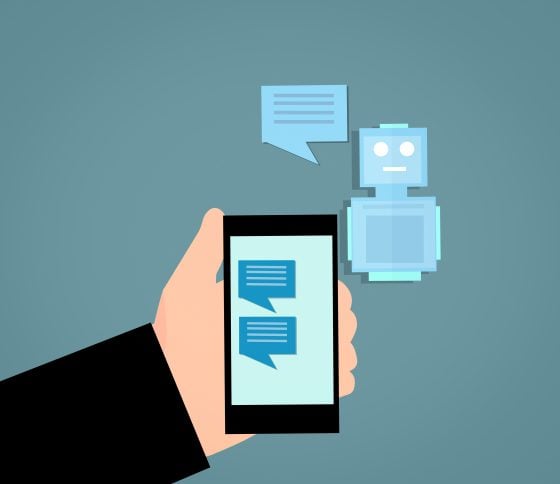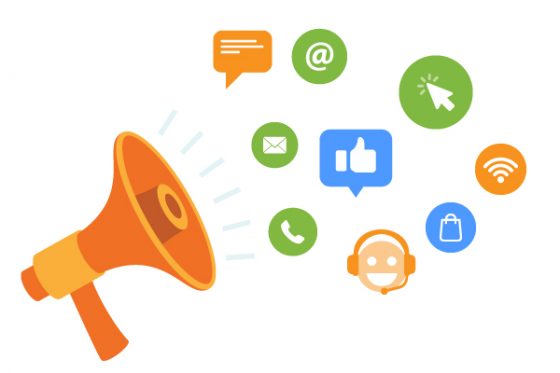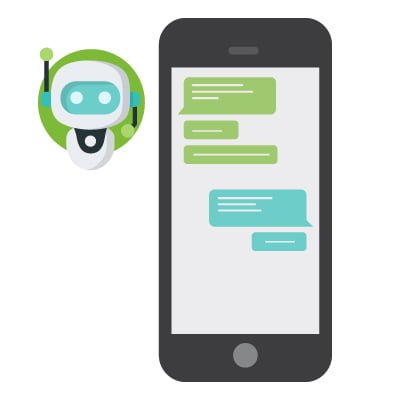Many brands are planning to acquire a chatbot in the coming years. Even if these tools will probably not replace humans, they make it possible to advise and support users in their purchasing decisions, to sell differently, or to manage their customer relationships. But all this is not easy, many chatbots are still totally misconfigured, poorly designed and unable to respond to a simple request. Here are some tips to install a chatbot permanently.
1. Opt for transparency

Human behaviours differ widely when they are addressed to a “machine” rather than a human. Being aware that they are dealing with a robot gives users a certain emotional distance. Do not try to hide from users that they are chatting with a chatbot rather than a real individual, they may be angry with you if they later find out.
TIP: Recommend an avatar with a non-human but friendly look to evoke your chatbot.
2. A chatbot with personality
Even if it is preferable to present your chatbot as a robot, this does not mean that he should express himself as a machine! On the contrary, the friendliness of the conversations and interactions you get from users depends directly on the personality you give your chatbot. This means that you will have to take into account many parameters and situations, such as the use of familiar language, the pre-defined level of language, as well as the richness of the vocabulary.
TIP: Try to harmonize your chatbot so that it is consistent with the image of your company or organization, as well as with all your communication media.
3. Keep it simple and clear

Put yourself in the shoes of a user who would receive several messages in a loop by default “Sorry, I didn’t understand”. This kind of message generates frustration. One solution is to explain what the chatbot’s scope of action is to the user, rather than configure an error message. Also, propose actions in the form of buttons: help section, menu, return, contact us…
TIP: Suggest continuing the conversation with a human by, for example, introducing an escalation option to human customer service.
4. Do not do monologues

Choose dialogues and short texts. Long texts have no place in instant messaging and neither in a chatbot. Nevertheless, it is important that your users find their way around and enter your message. To achieve this, it is sufficient to divide the contents into several dialogues. There will necessarily be delays between the snippets of these conversations. These interactions can be activated with a “continued” button. Always provide an exit door for users who are pressed or bored with the content, with a “back” button.
TIP: When you really have no choice and explanations are required, use a “learn more” button that can point to an external link (such as a PDF file or a web page).
5-Make your chatbot evolve

Consider a chatbot as a project in perpetual evolution. After its publication, the learning phase begins. It is important to monitor what is happening indefinitely and note how users use it. Analyze this data to make corrections and educate your chatbot.
For example, the users’ vocabulary will be different from the one you initially anticipated. Please ensure that your chatbot regularly learns a variety of new expressions.

